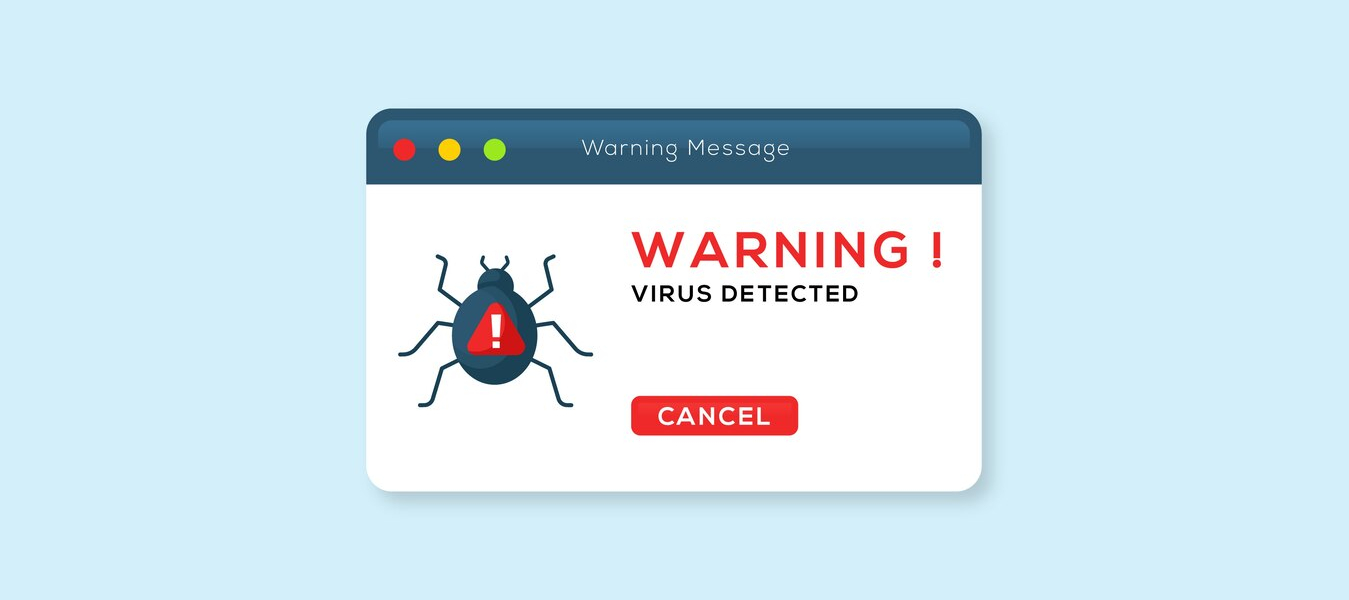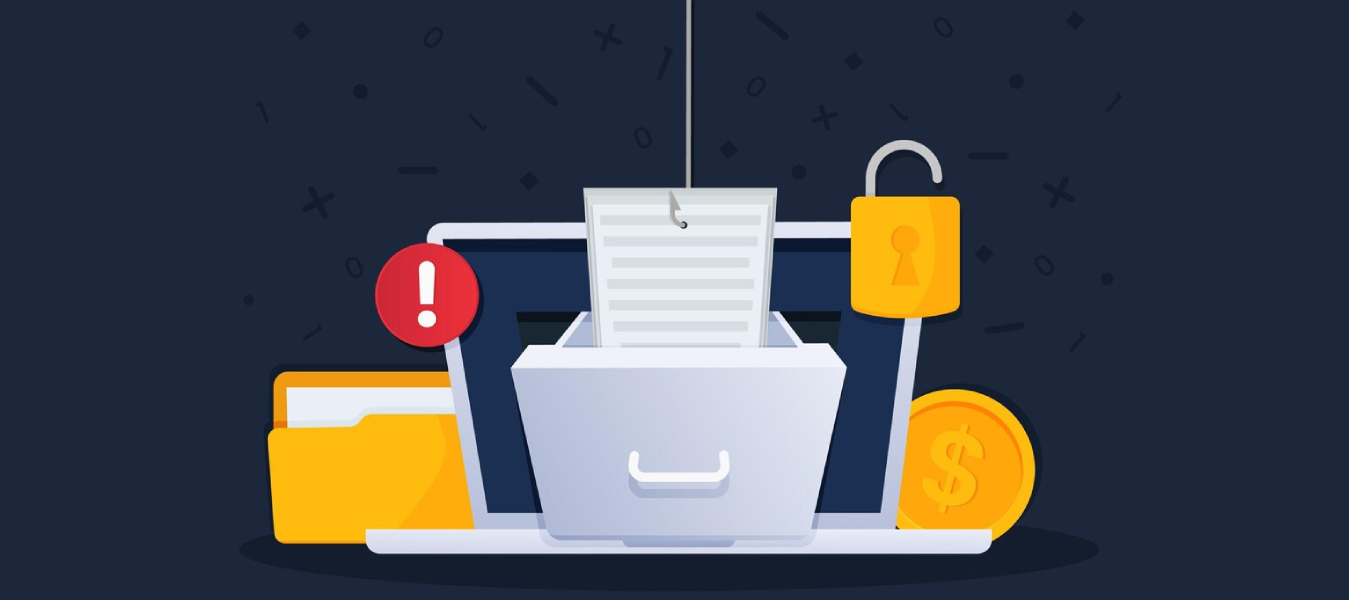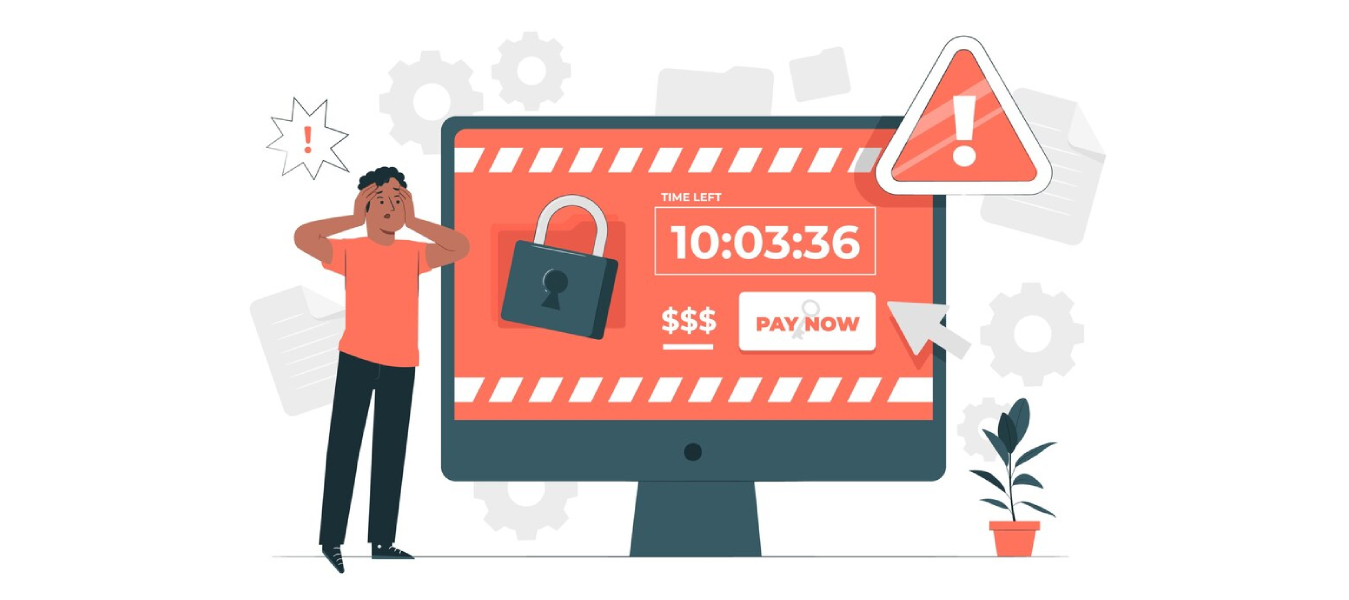
Common Website Attacks
What are Common Website Attacks?
Common website attacks are cyberattacks that target websites or web applications, with the aim of compromising their functionality, stealing data, or causing damage. These attacks exploit vulnerabilities in web technologies, code, or user behaviors to achieve their objectives.
Common Types of Website Attacks
Website attacks come in various forms, including:
- SQL Injection: Exploiting poorly sanitized input fields to manipulate databases.
- Cross-Site Scripting (XSS): Injecting malicious scripts into web pages viewed by other users.
- Cross-Site Request Forgery (CSRF): Forcing users to perform unintended actions on websites.
- Brute Force Attacks: Repeatedly attempting to guess login credentials.
- Distributed Denial of Service (DDoS): Overwhelming a website with traffic to make it unavailable.
- Phishing Attacks: Deceptive techniques to steal user credentials or financial information.
Motivations Behind Website Attacks
Common website attacks are driven by various motivations, including:
- Financial Gain: Stealing sensitive information, such as credit card details.
- Data Theft: Extracting valuable data or intellectual property.
- Ideological Reasons: Hacking for political or social motives.
- Notoriety: Gaining recognition among hacker communities.
- Disruption: Causing website downtime or service disruption.
- Exploitation: Profiting from website vulnerabilities or compromised systems.
How Common Website Attacks Work
Attack Techniques and Vulnerabilities
Common website attacks work through various techniques and vulnerabilities, such as:
- SQL Injection: Exploiting databases by manipulating SQL queries.
- XSS: Injecting scripts into web pages viewed by other users.
- CSRF: Forcing users to perform actions they didn’t intend.
- Brute Force Attacks: Repeatedly trying different login credentials.
- DDoS: Flooding a website with traffic to overwhelm it.
- Phishing: Deceiving users to reveal sensitive information.
Consequences of Successful Attacks
The consequences of successful website attacks can be severe, including:
- Data breaches leading to data loss and theft.
- Financial losses due to fraud or extortion.
- Reputational damage, eroding trust and brand image.
- Legal and regulatory consequences in the event of data breaches.
- Disruption of essential services and website unavailability.
- Compromised cybersecurity defences, making future attacks easier.
Evolving Attack Methods
Website attacks continue to evolve, with attackers developing new and sophisticated techniques. To combat these evolving methods, continuous vigilance and adaptation of security measures are essential.
Preventing Common Website Attacks
Best Practices for Individuals
Individuals can protect themselves from common website attacks by:
- Keeping software and web browsers up to date.
- Using strong, unique passwords for different accounts.
- Enabling multifactor authentication (MFA) whenever possible.
- Being cautious about clicking on links in emails or on websites.
- Regularly monitoring financial and online accounts for suspicious activity.
- Installing reputable antivirus and anti-malware software.
Best Practices for Businesses and Organizations
Businesses can enhance their cybersecurity by:
- Conducting regular security assessments and penetration testing.
- Implementing robust access controls and least privilege principles.
- Regularly patching and updating web applications and software.
- Providing employee training on recognizing and reporting attacks.
- Utilizing web application firewalls (WAFs) to filter malicious traffic.
- Collaborating with external cybersecurity experts and organizations.











